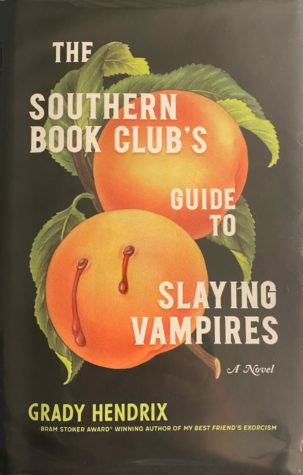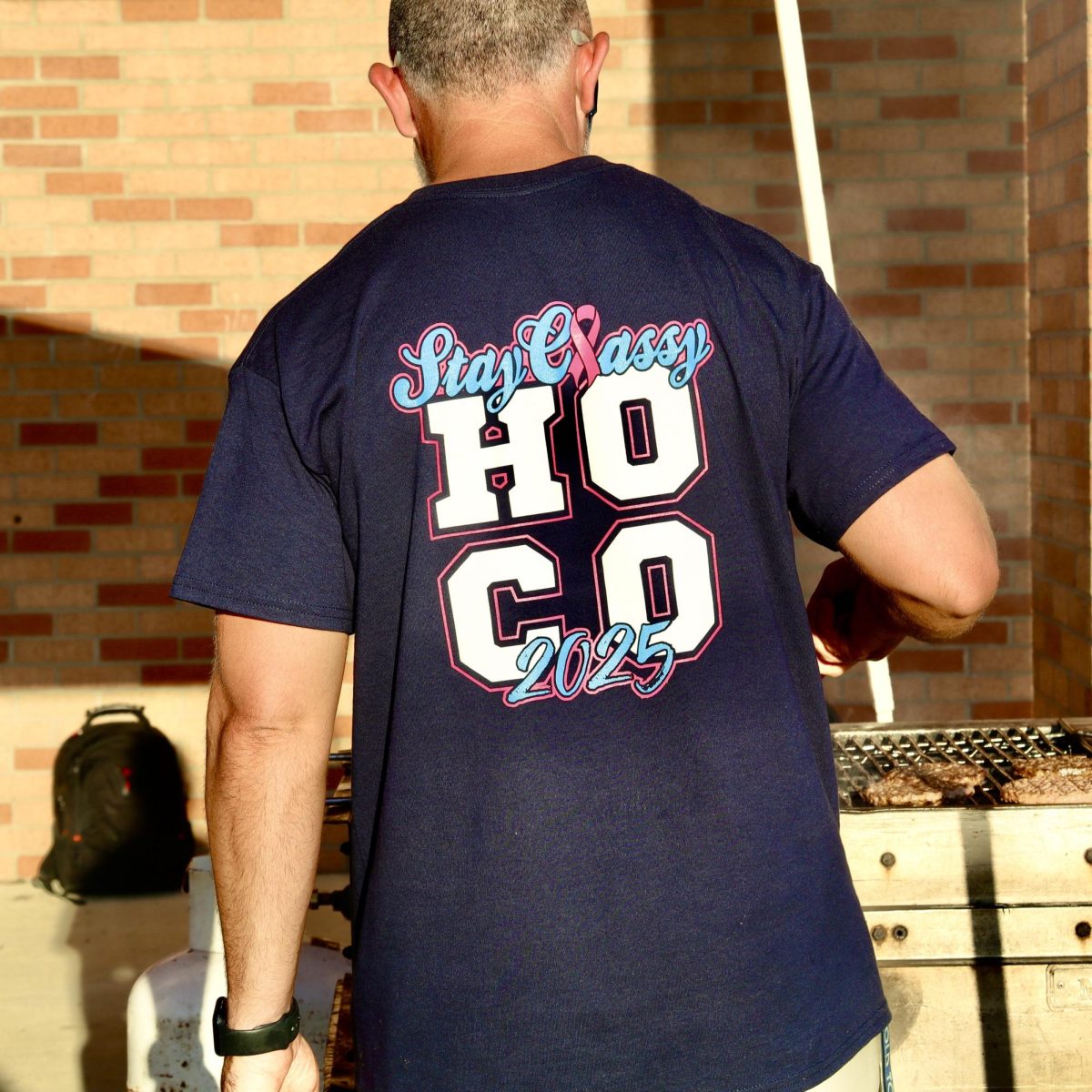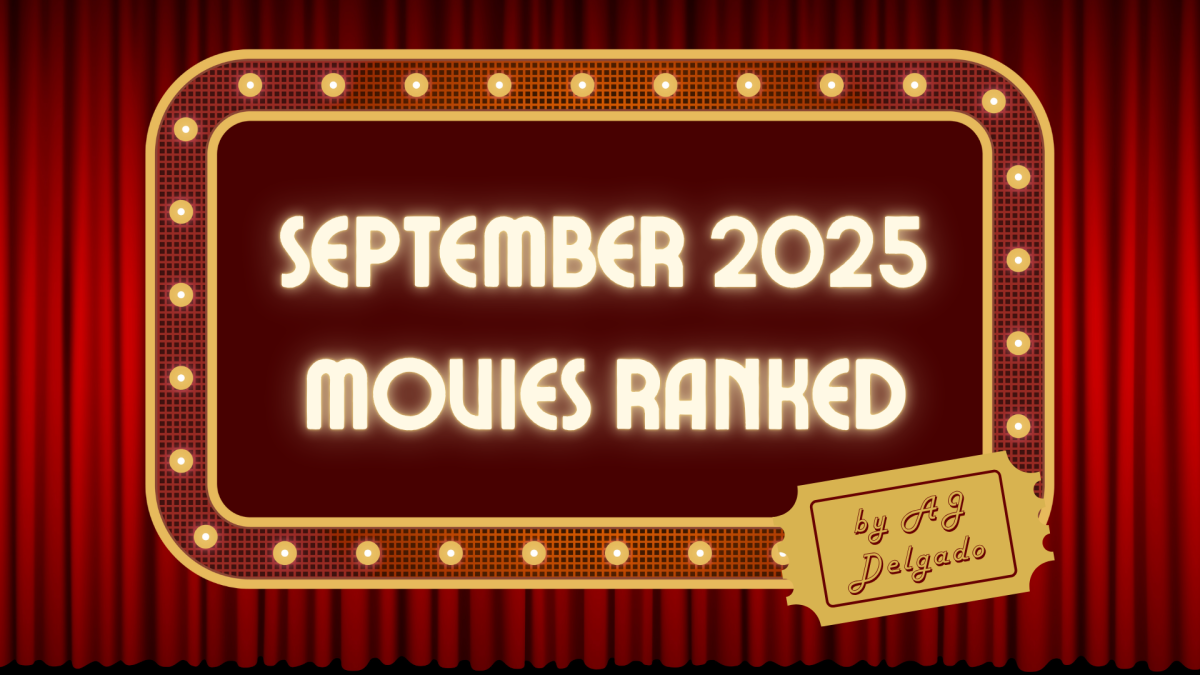Reed Books: The Southern Book Club’s Guide to Slaying Vampires
March 28, 2021
“I wanted to pit Dracula against my mom,” Grady Hendrix, author of The Southern Book Club’s Guide to Slaying Vampires, writes in the author’s note. “As you’ll see, it’s not a fair fight.”
This dark comedy is an ode to housewives everywhere. It follows Patricia Campbell, a Southern mom in a middle class community, and her book club as they try to take down the new vampire in town, James Harris. The book spans about eight years, from 1988 to 1996, clearly based on Hendrix’s own experiences with his mother and her friends (although hopefully less supernatural).

I was over halfway through the novel before I discovered that Hendrix is a man. I hadn’t read the author biography on the back cover, and since the female characters were written so well, I had assumed a woman wrote it. This is certainly a compliment to Hendrix, who manages to nail the microaggressions (and emotional reactions) of the women in his novel, of which there are many. In fact, the only men are James Harris, the antagonist, and the women’s husbands and sons, who are really only used for plot development, something that female characters have been subject to for centuries in male-centric literature.
He also manages to handle racism and classism with surprising grace for a white author. Mrs. Greene, the only Black woman in Patricia’s group, never fails to point out the assumptions that they make about her community. She explains that they can’t call the police when kids in her town go missing, because they have such a slow response time and will write off the concerns. She shames the women for being cowards when they back down from the cause in fear of their husbands; their children are safe, but Mrs. Greene’s are not. The differences in the communities of Mt. Pleasant, the primarily white, affluent neighborhood, and Six Mile, the primarily Black neighborhood, are stark. While Patricia is the protagonist of the novel, Hendrix is not afraid to have her fail.
While the characters and the politics of this book are commendable, Hendrix seems to struggle with the general plot and pacing at the very end. What is supposed to be a series of plot twists becomes a confused, shapeless blob of unnecessary dialogue; the characters themselves don’t seem to know what they’re doing. In the final, and most gruesome, fight scene, the long paragraphs and lack of dialogue create a slow pace, despite the violence of the actual actions.
Then there’s the problem of the vampire himself, James Harris. While he possesses many attributes of the canonical vampire, Hendrix takes such liberties with his characteristics that even Patricia doesn’t know what to call him. If it weren’t for the title, I might not either. He drains his victims’ blood from the inner thigh instead of the neck. He doesn’t use fangs, but a kind of proboscis that can be extracted from his mouth. He never shows aversion to silver, garlic, religion, or any of the things that make a vampire a vampire. Even Patricia settles on calling him a nondenominational “monster”. It seems like Hendrix missed a great opportunity for religious imagery and angst, especially because of the setting.
Still, the novel as a whole is readable and engaging. It’s funny in the right places and terrifying in others, all while maintaining the wit necessary to pull off such a layered novel. The Southern Book Club’s Guide to Slaying Vampires is definitely worth reading for anyone who wants to get a good fright.














































